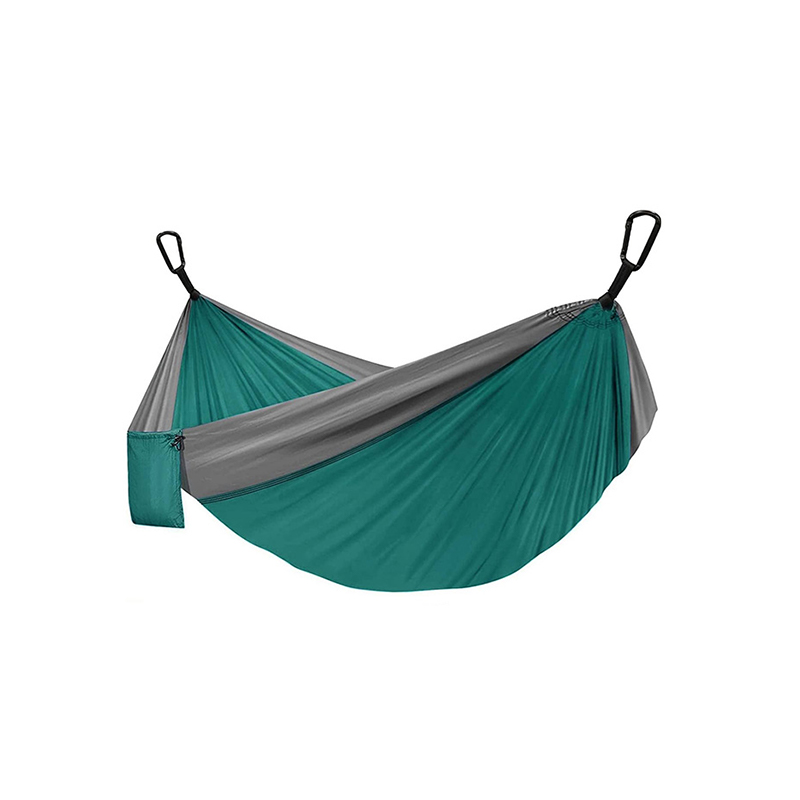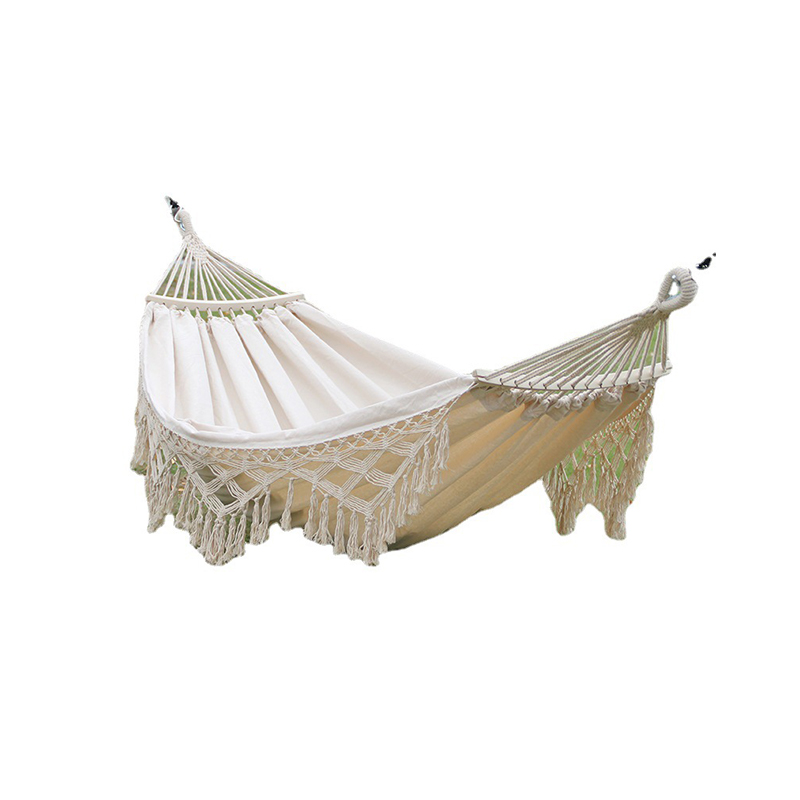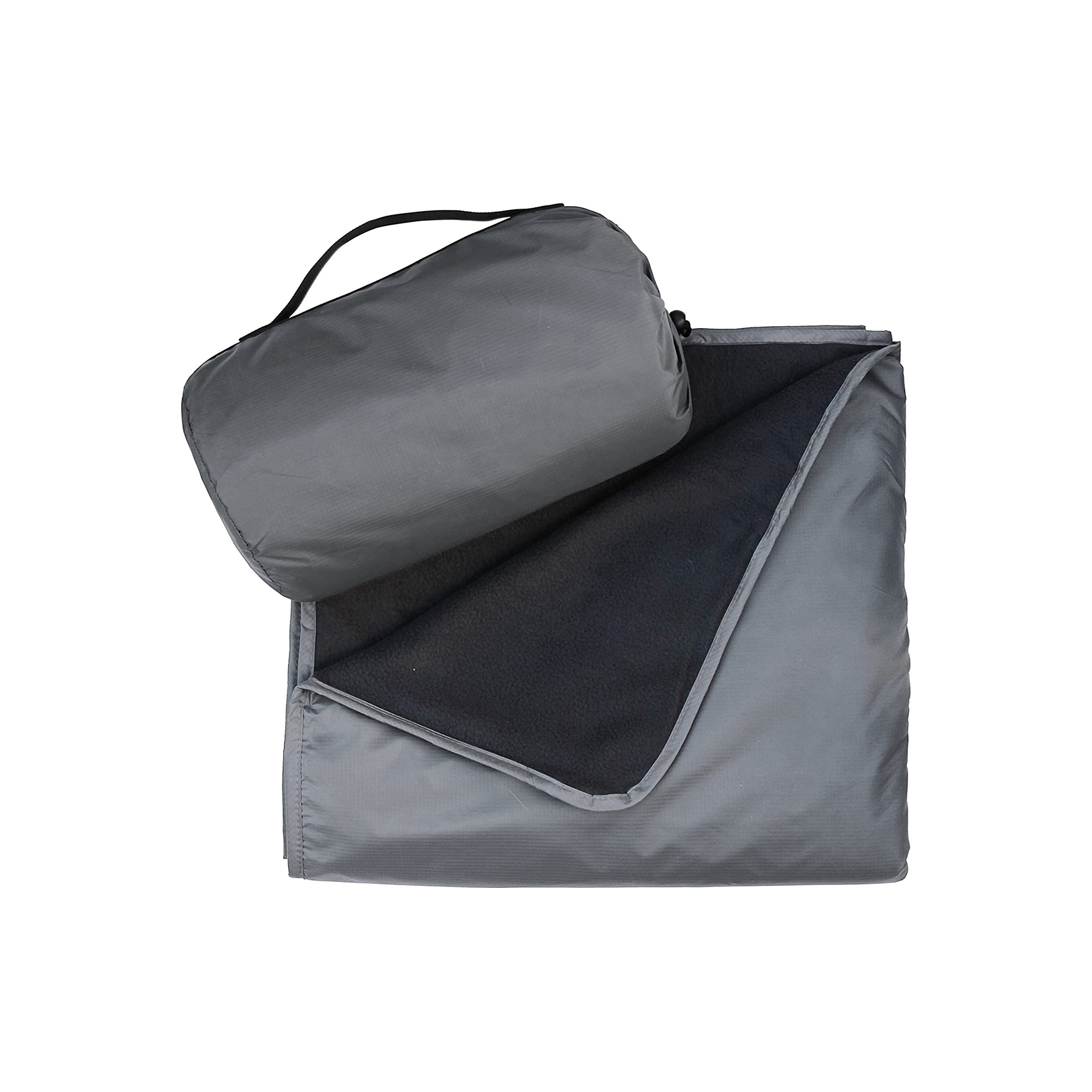Many sleeping bags are designed with multi-season functionality. For instance, modular options like The North Face’s three-layer system let users adjust the layers based on weather, ensuring year-round comfort and convenience.
Wearable Sleeping BagsThese multifunctional sleeping bags double as insulated clothing, offering warmth at night and comfort while lounging around camp or during rest stops. While they offer convenience, the added features and materials can result in extra weight, and some users may find that their all-in-one nature sacrifices performance in either role.
How to Choose the Right Sleeping Pad ?When it comes to camping, a good night’s sleep starts with the right sleeping pad. Whether you’re backpacking, car camping, or simply lounging at a campsite, choosing the right pad can significantly affect your comfort and rest. Here are the key factors to consider when selecting the ideal sleeping pad for your outdoor adventures:
Types of Sleeping Mats
1. Air Construction Sleeping Mats
Air mats (or air pads) are the lightest and most compact option, making them ideal for hikers who prioritize saving weight and space. These mats consist of chambers that you inflate manually (via a valve) or with a pump sack. Many modern air mats include insulation or reflective materials for added warmth. While they offer great comfort and can be adjusted for firmness, their lightweight construction can make them more prone to punctures. Despite this, they remain a favorite among adventurers for their portability.
Pros: Ultra-lightweight, compact, adjustable comfort, and warmth.
Cons: Less durable and can be pricey.
2. Self-Inflating Sleeping Mats
Self-inflating mats combine comfort with convenience. Made from durable fabrics (often polyester or ripstop) with built-in insulation and padding, these mats inflate automatically once the valve is opened. They're typically more durable and comfortable than air mats, though they’re bulkier and heavier, making them less suitable for ultralight backpacking. Still, they’re a great option for those who want a balance between comfort and ease of use.
Pros: Durable, comfortable, easy to inflate.
Cons: Heavier and bulkier than air mats.
3. Closed-Cell Foam Sleeping Pads
Closed-cell foam pads are the traditional, roll-up mats. Modern versions are more refined, with features like "egg crate" or dimpled surfaces that trap warm air for better insulation. These mats are virtually puncture-proof and highly durable, though they tend to be bulkier and don’t compress well, often requiring external straps on a backpack. While they’re less comfortable and offer less insulation than air or self-inflating mats, they’re reliable and inexpensive.
Pros: Lightweight, durable, affordable, no risk of punctures.
Cons: Less comfortable, bulkier, and less warm.
Key Considerations for Choosing a Sleeping Pad
Selecting the right sleeping pad can make a significant difference in your camping experience. A good sleeping pad offers comfort, warmth, and durability, allowing you to rest properly and recover for your next day of adventure. Here are the key factors to consider when choosing a sleeping pad:
1. R-Value (Insulation)
The R-value measures the sleeping pad’s ability to insulate you from the cold ground. The higher the R-value, the better the insulation. When choosing a sleeping pad, consider the climate and conditions you'll be camping in:
Warm weather (R-value 1.0 - 2.0): Ideal for summer camping.
Three-season camping (R-value 2.0 - 4.0): Perfect for spring, summer, and fall.
Winter camping (R-value 4.0 and above): Essential for cold, snowy conditions.
2. Type of Sleeping Pad
The type of sleeping pad you choose impacts both comfort and convenience:
Air Pads: Lightweight, compact, and offer customizable firmness. They’re great for backpackers but may be prone to punctures.
Self-Inflating Pads: A blend of air and foam that inflates on its own. They are more comfortable and durable but can be bulkier.
Closed-Cell Foam Pads: Durable, inexpensive, and puncture-proof, but generally bulkier and less comfortable.
3. Weight and Packability
Consider how much weight and space you’re willing to sacrifice for comfort:
Lightweight Pads: Essential for backpackers, as they pack down small and are easy to carry.
Heavy-duty Pads: If comfort and durability are your top priorities, a slightly heavier, bulkier option may be more appropriate (especially for car camping).
4. Comfort and Thickness
The level of comfort you desire depends on the thickness and type of pad:
Thicker Pads (3 inches or more): Ideal for side sleepers or those looking for extra cushioning.
Thinner Pads: Lighter and more compact, but may not provide as much comfort or insulation.
5. Durability and Material
Look for pads made of durable, high-quality materials to ensure long-term use.
Ripstop Nylon or Polyester: These materials resist tears and punctures.
Weight Considerations: Keep in mind that ultra-lightweight options may not be as durable as thicker, heavier ones.
Repair Kits: Some sleeping pads come with built-in repair kits or patches for emergency fixes.
6. Ease of Inflation and Setup
Manual Inflation: Many air pads require manual inflation (blowing into a valve or using a pump).
Self-Inflating: Self-inflating pads are convenient as they inflate automatically, though you may need to top off the air manually.
Inflation Pumps: Some air pads come with an electric or manual pump to make inflation easier, especially in cold conditions.
7. Sleeping Position
Think about your typical sleeping position:
Side Sleepers: Opt for thicker, more cushioned pads for better support.
Back Sleepers: A medium thickness pad should suffice, providing enough comfort and insulation without too much bulk.
Stomach Sleepers: A firmer pad may help keep you more comfortable and provide adequate support for your body.
8. Budget
Sleeping pads come in a range of prices. While high-end options often offer better comfort, durability, and features, there are affordable options that still perform well for basic camping needs. Consider your budget and balance it with your desired features.
Final Tips
Test Before Your Trip: If possible, try your pad before going on your trip to see if it meets your comfort preferences.
Consider Extras: Some pads come with built-in pillows or extra features like extra padding or insulation for colder nights.
 Camping Backpacking Hammock With Tree Straps
KSC-SH3004
Camping Backpacking Hammock With Tree Straps
KSC-SH3004
 Outdoor Leisure Hammock - Portable Camping Hanging Chair
KSC-SH3002
Outdoor Leisure Hammock - Portable Camping Hanging Chair
KSC-SH3002
 Outdoor Warm Fleece Extra Large Waterproof Blanket
KSC-B5008
Outdoor Warm Fleece Extra Large Waterproof Blanket
KSC-B5008
 Outdoor Camping Waterproof Picnic Fleece Blanket
KSC-B5002
Outdoor Camping Waterproof Picnic Fleece Blanket
KSC-B5002